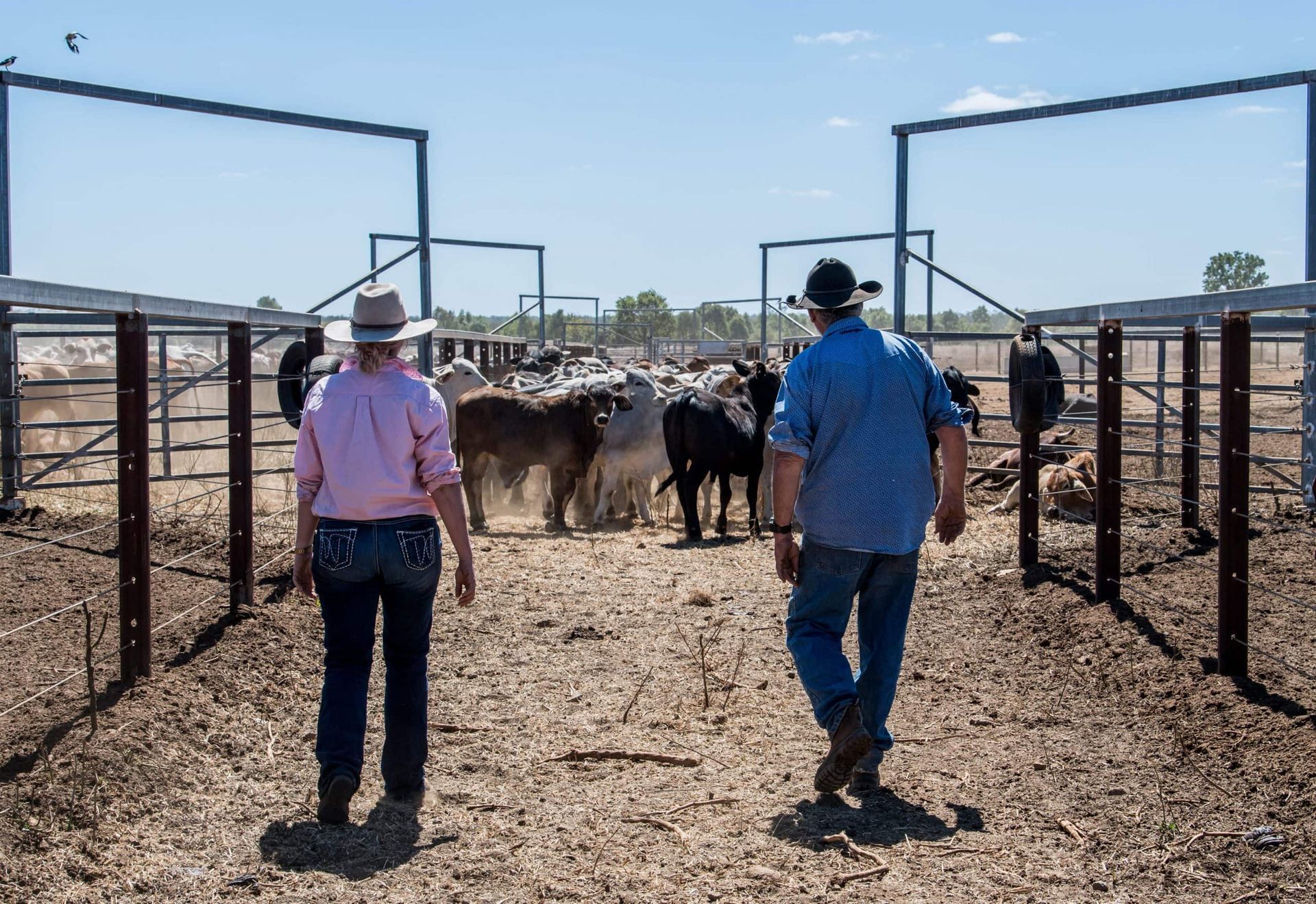News


Queensland may boast Australia’s largest area of farmland, the biggest beef herd and the third-highest agricultural output, but two big headwinds are cooling investor appetite: higher land taxes for foreign-owned farmland and ongoing labour shortages.
Industry investors say the combination is pushing capital south, with Victoria, South Australia and New South Wales increasingly seen as lower-risk, better-value alternatives.
Why the Tax Settings Matter
Queensland is currently the most heavily taxed jurisdiction for foreign-owned farmland. A 2 per cent land tax surcharge applies to unimproved land owned (or majority-owned) by foreign investors, on top of the 2.75 per cent base land tax. In contrast, other states provide land tax exemptions for primary production.
After a decade of land value growth, those annual tax bills are biting harder. On a $100 million landholding, annual land taxes can land around $1.5 million — roughly equivalent to the property’s likely cash yield. That arithmetic is tough to ignore.
Institutional managers, like Queensland-based agricultural investment fund boss Tim McGavin, report that potential cropping deals in Queensland have been shelved once the 4.75 per cent combined tax impost is factored in.
“We’ve seen several investors shift focus to other states such as Victoria and South Australia, where the tax burden is lower and more predictable,” he said.
With after‑tax yields lagging, capital is being reallocated to jurisdictions where the tax burden is lower and more predictable.
Capital Is Moving
Agricultural investors are now tilting new money towards other states, New Zealand and select overseas markets.
“Foreign buyers don’t really care what side of the border they buy, but the numbers must stack up,” said Bentleys QLD’s Managing Partner, Ben Cameron.
If the difference is a couple of hundred kilometres and millions of dollars, it’s a pretty clear decision.
As Mr McGavin notes, If the after-tax yield in Queensland is more than 50 basis points lower than in Victoria or NSW, we allocate elsewhere.”
Ultimately, while Queensland isn’t off the table altogether, it’s facing a higher bar, meaning fewer local projects win backing.
The Labour Pinch That’s Hard to Ignore
Beyond tax woes, labour remains the risk keeping producers and investors alike up at night. Operators across Australia are reporting persistent challenges in attracting and retaining skilled staff.
The consequences are real:
- Expansion plans are on ice because crews are already stretched
- Some operators have hit pause on buying more land
- Productivity and safety pressures rise when teams run lean
As Ben Cameron put it, “you can’t expect AI to muster cattle.” For many businesses, labour availability is now the gating factor for growth.
Succession, Scale and the Need for External Capital
With the average Australian farmer nearing 60, a significant number of properties will change hands over the next decade. Tim McGavin believes that transition will require fresh equity to support succession, invest in productivity, and aggregate sub‑scale farms that can’t deliver the efficiencies modern agriculture demands.
“Less external capital means less opportunity, less productivity and less jobs,” he said.
When external capital hesitates, regional communities miss out on investments in technology, infrastructure and jobs.
Policy Shifts Also Cooling Foreign Appetite
It’s not just Queensland’s land tax at play. Several national settings have tightened:
- Since 2020, tax on operating returns for new overseas pension/superannuation fund purchases has risen from 15 per cent to 30 per cent
- Capital gains tax for these investors has lifted to 20 per cent
- Lower legacy rates on earlier acquisitions will rise after 30 June 2026
Analysts suggest some offshore funds have been reshaping portfolios ahead of those changes.
“It’s quite likely that we’ve been seeing pension funds using the window leading up to 2026 to offload some assets while they still qualify for the tax discounts,” said agribusiness investment executive David Goodfellow.
“I think there’s been a bit of… restructuring happening, particularly if some properties were acquired 10 years ago and have served their fund owners’ initial purpose.”
Add to that a slower pace of Chinese investment compared to the mid‑2010s, and the market’s mix of buyers is shifting.
Despite these headwinds, sentiment towards Australian agriculture remains positive. Strong seasonal conditions have supported values in Queensland and northern NSW, but that’s also nudged some buyers to look for better value in southern regions this financial year.
Crucially, long‑term investors don’t just hold farmland. They develop it. Lifting productivity and regional capacity along the way.
If you’re feeling the staffing squeeze, talk to The Lucas Group. Let’s make your next hire, and your next phase of growth, a success.
Sources: Farm Online
Image: Agrishots
Get the latest industry updates
Contact Us
We will get back to you as soon as possible.
Please try again later.



